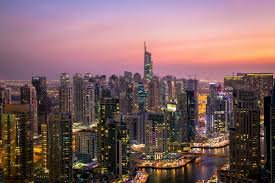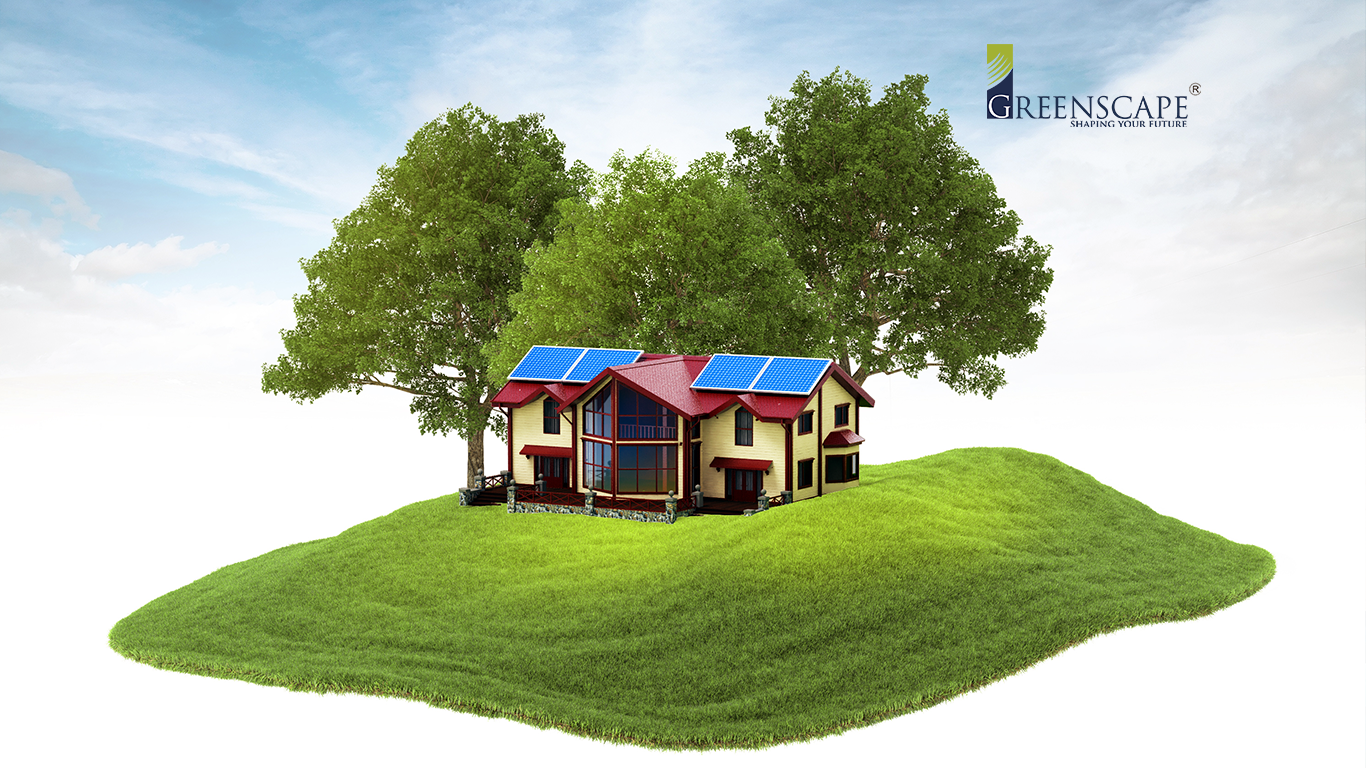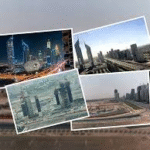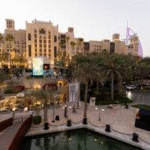Now Reading: ESG Real Estate Compliance UAE: Driving Vital Sustainable Growth
-
01
ESG Real Estate Compliance UAE: Driving Vital Sustainable Growth
ESG Real Estate Compliance UAE: Driving Vital Sustainable Growth

Table of Contents
The real estate sector in the United Arab Emirates is undergoing a profound transformation, driven by an accelerating global focus on Environmental, Social, and Governance (ESG) principles. Far from being a peripheral concern, ESG compliance has rapidly ascended to a pivotal role, influencing everything from investment decisions and development strategies to operational practices and long-term asset valuation. As the UAE spearheads ambitious national agendas like the Net Zero by 2050 Strategic Initiative and Dubai’s 2040 Urban Master Plan, adherence to ESG frameworks is becoming not just a competitive advantage but a fundamental requirement for sustained success and relevance in the dynamic real estate landscape.
What Does ESG Mean for UAE Real Estate?
ESG provides a comprehensive framework for assessing the sustainability and ethical impact of real estate assets and operations beyond traditional financial metrics. It’s a holistic approach that evaluates how properties and portfolios perform across three interconnected pillars:
- Environmental (E): This pillar addresses the impact of real estate on the natural environment. In the UAE context, this primarily involves:
- Energy Efficiency and Carbon Emissions: Reducing energy consumption in buildings (heating, cooling, lighting) and minimizing greenhouse gas (GHG) emissions throughout the building’s lifecycle, including embodied carbon from materials. This is crucial given the high energy demand for cooling in the region.
- Water Management: Implementing strategies for water conservation, such as efficient fixtures, greywater recycling, and drought-tolerant landscaping, vital in an arid climate.
- Waste Management: Promoting waste reduction, recycling, and diversion from landfills during construction, operation, and demolition phases.
- Biodiversity and Land Use: Responsible site selection, minimizing impact on natural habitats, and integrating green spaces.
- Climate Resilience: Designing properties to withstand and adapt to climate-related risks like extreme heat, potential sea-level rise, and dust storms.
- Social (S): This pillar focuses on how real estate impacts people and communities. Key considerations for UAE real estate include:
- Tenant Well-being and Health: Ensuring optimal indoor environmental quality (air, light, acoustics), promoting accessibility, and providing amenities that enhance occupant health and productivity (e.g., green spaces, wellness facilities).
- Community Engagement and Impact: Considering the socio-economic impact of developments on local communities, including job creation, fair labor practices (especially for construction workers), and provision of affordable housing options where applicable.
- Occupant Safety and Security: Implementing robust health and safety protocols during construction and operation, and ensuring secure living/working environments.
- Diversity, Equity, and Inclusion (DEI): Promoting diversity within the workforce, ensuring equitable access, and fostering inclusive environments for all stakeholders.
- Governance (G): This pillar pertains to the leadership, internal controls, and ethical conduct of real estate companies and investment funds. For the UAE, this means:
- Corporate Ethics and Transparency: Adhering to high standards of business ethics, anti-corruption policies, and transparent reporting practices.
- Board Diversity and Structure: Ensuring a diverse board with expertise in sustainability and clear oversight of ESG strategies.
- Regulatory Compliance: Adhering to all local and federal laws related to environmental protection, labor, and corporate governance.
- Stakeholder Engagement: Proactive engagement with investors, tenants, employees, suppliers, and local communities on ESG matters.
- Data Management and Reporting: Establishing robust systems for collecting, verifying, and reporting ESG data accurately and consistently.
Why ESG Compliance is Gaining Traction in UAE Real Estate
The surge in ESG compliance in UAE real estate is multifaceted:
- Global Investor Pressure: International institutional investors, sovereign wealth funds, and private equity firms are increasingly integrating ESG criteria into their investment decisions. Many now mandate ESG disclosures and prioritize assets with strong ESG credentials, viewing them as more resilient and less risky. Failure to comply can lead to reduced capital flows and higher borrowing costs.
- Government Vision and Regulation: The UAE leadership has articulated clear, ambitious sustainability goals. Federal Decree-Law No. 11 of 2024, coming into effect on May 30, 2025, is a legally binding commitment to environmental responsibility, mandating GHG emission measurement, reporting, and reduction across all sectors, including real estate. This aligns with the Net Zero by 2050 Strategic Initiative and the National Climate Change Plan 2050.
- Enhanced Reputation and Brand Value: Companies demonstrating strong ESG performance are perceived as more responsible and trustworthy, enhancing their brand reputation and attracting talent and customers.
- Operational Efficiencies and Cost Savings: Implementing ESG measures often leads to direct financial benefits, such as reduced energy and water consumption, lower waste disposal costs, and decreased operational expenses.
- Tenant and Buyer Demand: There is a growing preference among discerning tenants (especially multinational corporations with their own ESG mandates) and individual buyers for properties that are environmentally friendly, healthy, and socially responsible.
- Mitigation of Risks: Proactive ESG integration helps identify and mitigate various risks, including regulatory fines, reputational damage, physical climate risks (e.g., extreme weather events), and transition risks (e.g., stranded assets due to changing regulations or market preferences).
Key Regulations, Frameworks, and Initiatives in the UAE
The UAE has developed a robust ecosystem to support ESG integration in real estate:
- Federal Decree-Law No. 11 of 2024 (Climate Law): As of May 2025, this is a cornerstone legislation impacting all sectors, mandating the measurement, reporting, and reduction of GHG emissions, including those from building operations and construction. It provides a legal framework to transition towards climate neutrality.
- UAE Net Zero by 2050 Strategic Initiative: This overarching national target drives policies and investments towards decarbonization, with real estate being a critical sector for achieving emission reductions.
- Dubai 2040 Urban Master Plan: This blueprint emphasizes sustainable urban development, aiming to increase green spaces, enhance eco-friendly infrastructure, and promote energy-efficient buildings. It encourages integrated, mixed-use communities with a strong focus on livability and environmental protection.
- Al Sa’fat – Dubai Green Building System: Mandated by the Dubai Municipality (DM), Al Sa’fat sets minimum green building standards for all new constructions, categorizing buildings from Bronze (mandatory minimum) to Platinum. It covers energy, water, materials, and indoor environmental quality, directly contributing to the ‘E’ pillar of ESG.
- Abu Dhabi Global Market (ADGM): ADGM’s Financial Services Regulatory Authority (FSRA) has been proactive in promoting sustainable finance. It has implemented comprehensive ESG disclosure requirements for relevant entities and has outlined expectations for financial services firms to manage climate-related financial risks. ADGM also supports the development of green and climate transition funds and bonds. Its participation in the UAE Sustainable Finance Working Group (SFWG) aims to minimize fragmentation and develop a sustainable finance taxonomy.
- Dubai International Financial Centre (DIFC): DIFC is also a significant player, launching initiatives like “1 Million Learners” in May 2025, aimed at building a skilled workforce for sustainability and sustainable finance. While its focus is on finance, this fosters the expertise needed for ESG integration across sectors, including real estate.
- Dubai Land Department (DLD) and Real Estate Regulatory Agency (RERA): RERA, under DLD, plays a crucial role in ensuring transparency and fair practices. While their direct ESG mandates are evolving, their oversight of property developments implicitly encourages compliance with broader green building codes. DLD’s Smart Rental Index (launched January 2025) contributes to transparency and data-driven decisions.
- UAE Green Agenda 2015-2030: Focuses on transforming the UAE into a green economy through sustainability and resource efficiency, influencing real estate development practices.
- Reporting Standards: While specific mandatory, comprehensive ESG reporting standards for real estate in the UAE are still evolving, companies are increasingly adopting international frameworks like:
- GRESB (Global Real Estate Sustainability Benchmark): A widely used framework for assessing the ESG performance of real estate and infrastructure portfolios.
- TCFD (Task Force on Climate-related Financial Disclosures): Provides recommendations for climate-related financial risk disclosures.
- SASB (Sustainability Accounting Standards Board): Offers industry-specific disclosure standards.
- GRI (Global Reporting Initiative): Provides a comprehensive framework for sustainability reporting.
Benefits of ESG Compliance for UAE Real Estate Stakeholders

- For Developers:
- Enhanced Project Viability: Access to “greenium” in financing, with banks and investors offering preferential terms for ESG-positive projects, lowering borrowing costs.
- Faster Sales/Leasing: Green-certified buildings command higher rental premiums (e.g., 6% for offices) and capital values (e.g., 14-16% higher) and experience lower vacancy rates, leading to increased revenue.
- Competitive Differentiation: Stand out in a crowded market by demonstrating commitment to sustainability, attracting discerning buyers and corporate tenants with their own ESG mandates.
- Future-Proofing Assets: Reducing the risk of stranded assets that might become obsolete due to stricter regulations or market preferences.
- For Investors:
- Risk Mitigation: Reduced exposure to regulatory risks, physical climate risks, and reputational risks associated with non-compliance.
- Improved Returns: Empirical studies indicate a correlation between superior ESG practices and better financial performance, including lower borrowing costs and potentially higher shareholder value.
- Access to Green Funds: Ability to attract capital from growing pools of ESG-focused funds and institutional investors.
- Long-Term Value Preservation: ESG-compliant assets are perceived as more resilient and sustainable over the long term.
- For Occupants (Tenants and Residents):
- Cost Savings: Lower utility bills due to reduced energy and water consumption.
- Healthier Environments: Improved indoor air quality, better natural light, and enhanced comfort contribute to well-being and productivity.
- Enhanced Quality of Life: Access to green spaces, community amenities, and improved overall living/working conditions.
- Alignment with Values: Living or working in a property that reflects their commitment to sustainability.
Challenges and Opportunities in Achieving ESG Compliance

Challenges:
- Data Availability and Quality: A significant challenge is collecting, validating, and consolidating accurate ESG data, particularly for Scope 3 emissions (indirect emissions from value chain activities) and older assets. Fragmented data sources and lack of standardized reporting tools can complicate this.
- Initial Investment Costs: While the long-term ROI is clear, the upfront capital expenditure for retrofitting existing buildings or implementing advanced sustainable technologies in new builds can be higher.
- Greenwashing Concerns: The risk of “greenwashing” – making misleading claims about environmental performance – necessitates robust verification and transparent reporting.
- Knowledge Gaps: There’s a continuous need for education and upskilling across the real estate value chain (developers, contractors, consultants, facility managers) to understand and effectively implement ESG principles.
- Retrofitting Existing Stock: The vast majority of the UAE’s building stock is older and not built to current green standards. Retrofitting these assets to meet ESG criteria presents a massive, complex, and costly undertaking.
- Supply Chain Sustainability: Ensuring that the entire supply chain for construction materials is sustainable and ethically sourced is a complex challenge.
Opportunities:
- Innovation in Green Technology: Driving demand for innovative green building materials, smart building technologies, and renewable energy solutions.
- Green Finance Growth: The increasing availability of green bonds, sustainability-linked loans, and ESG-focused investment funds provides significant opportunities for developers to access capital at more favorable terms.
- Increased Demand for Sustainable Properties: A growing market segment of environmentally and socially conscious occupants and investors creates a unique selling proposition for ESG-compliant properties.
- Job Creation in Green Sector: The transition to a green economy creates new jobs in green construction, sustainable finance, energy management, and ESG consulting.
- Regional Leadership: The UAE’s proactive stance in ESG positions it as a leader in sustainable real estate development, attracting international expertise and investment.
Future Outlook and Trends (2025/2026)
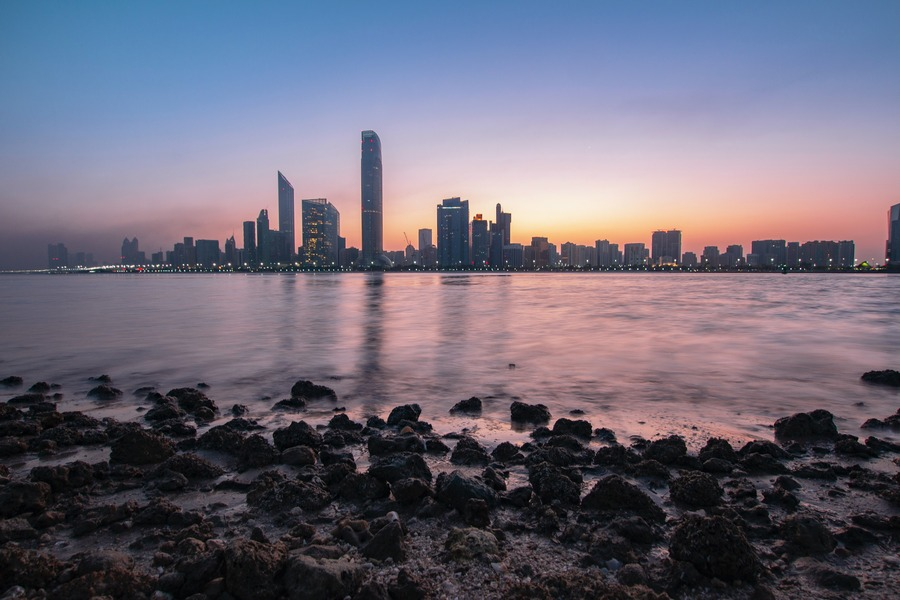
The trajectory for ESG real estate compliance in the UAE is one of rapid acceleration and deepening integration:
- Stricter Regulatory Enforcement: The new Federal Decree-Law No. 11 of 2024 will drive more rigorous monitoring, reporting, and enforcement of emission reductions. Expect more specific guidelines and penalties for non-compliance.
- Mandatory ESG Reporting: A shift towards mandatory, standardized ESG reporting for a wider range of real estate entities, aligning with international best practices. The development of a UAE Sustainable Finance Taxonomy will further enhance consistency and comparability.
- Emphasis on Embodied Carbon: Beyond operational emissions, there will be an increasing focus on embodied carbon (emissions from material production and construction), driving demand for low-carbon materials and circular economy principles.
- Social Impact Metrics: Enhanced focus on the ‘S’ in ESG, with more granular reporting on tenant well-being, community impact, and diversity within real estate organizations and projects. The Taskforce on Inequality and Social-related Financial Disclosures (TISFD) will influence common language for reporting.
- Digitalization for ESG Management: Widespread adoption of PropTech solutions, AI, and IoT for real-time ESG data collection, analysis, and optimization of building performance. This will help overcome data challenges.
- Increased Retrofitting Investment: Significant investment and policy support are anticipated for retrofitting existing buildings to meet higher energy efficiency and sustainability standards, crucial for achieving Net Zero 2050 targets.
- “Greenium” in Valuation: The sustainability premium for ESG-compliant properties will become more pronounced in both residential and commercial sectors, directly impacting asset valuations.
- Integration with Smart City Visions: ESG principles will be seamlessly woven into Dubai’s and other emirates’ smart city initiatives, creating integrated, high-performance urban environments.
In conclusion, ESG compliance is no longer an optional add-on for real estate in the UAE; it is a fundamental pillar of its future growth and resilience. The emirate’s proactive regulatory environment, coupled with growing investor and market demand, is driving a profound shift towards a more sustainable, ethical, and financially robust real estate sector. As the UAE moves closer to its Net Zero 2050 goals, ESG will continue to shape every aspect of real estate development, setting a benchmark for sustainable urbanism globally. Sources
WATCH MORE: https://landsterling.com/realpulse/importance-and-impact-of-esg-in-real-estate-investment/
READ MORE: ENERGY EFFICIENT VILLA DUBAI: Unlocking Your Ideal Sustainable Home



